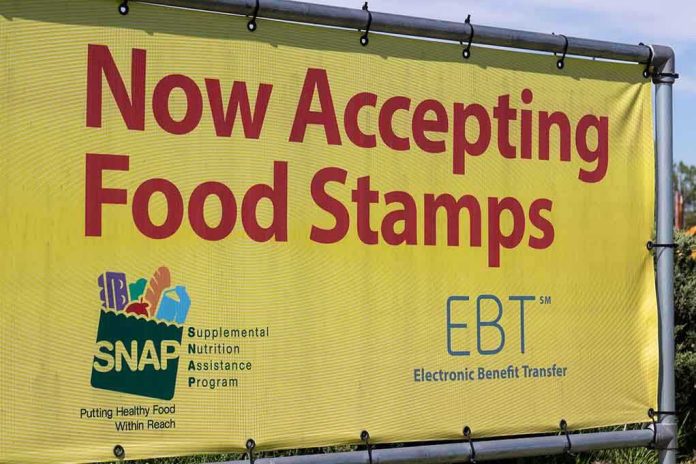
Picture 41 million Americans standing in grocery store aisles, unsure if next month they’ll be able to buy food—their fate hanging not on their wallets, but on Congress’s next move.
Story Snapshot
- 41 million Americans face the sudden loss of SNAP food benefits if the government shutdown continues into November 2025.
- October SNAP payments are secure, but November funding is in jeopardy due to Congressional gridlock.
- Children, seniors, and low-income families will be hit hardest by the disruption, sending shockwaves through communities and local economies.
- States, food banks, and advocacy groups are scrambling to prepare for an unprecedented hunger crisis.
Congressional Stalemate Puts Food Security on the Line for Millions
Federal funding for the Supplemental Nutrition Assistance Program (SNAP) now stands at the heart of the government shutdown crisis. If Congress fails to pass a funding bill or continuing resolution before November, the U.S. Department of Agriculture will be unable to distribute SNAP benefits to over 41 million Americans. For families already living paycheck to paycheck, this means the difference between a full pantry and bare shelves. The last time Washington flirted with this brink, contingency funds kept benefits flowing for a few weeks. This time, no backup plan exists, and advocacy groups warn the risk is both immediate and severe.
October’s SNAP payments are safe because those funds were obligated before the shutdown began, but November’s lifeline is solely dependent on Congressional action. Without a resolution, the government’s hands are tied by the Antideficiency Act, which bars federal agencies from spending money they don’t have. The uncertainty has left both state agencies and recipients on edge, with officials in Texas warning that 3.5 million residents stand to lose food assistance next month. The clock ticks, and with every day of inaction, anxiety and frustration mount among those who can least afford it.
High Stakes for the Most Vulnerable Americans
Children, seniors, and low-income households make up the majority of SNAP recipients. For these groups, SNAP isn’t just a convenience—it’s a necessity. When the government last shut down in 2019, contingency funding helped stave off a worst-case scenario, but even then, delays and uncertainty caused hardship. Today, food banks and community organizations brace for a surge in demand they may not be able to meet. The prospect of 41 million Americans suddenly cut off from food assistance is not a distant threat; it is a looming crisis poised to ripple through every corner of the country.
States play a pivotal role in distributing SNAP benefits, but their hands are tied without federal funding. Local agencies must juggle administrative chaos, public confusion, and escalating need. Meanwhile, food retailers—especially those in low-income neighborhoods—stand to lose millions in sales, further straining already fragile local economies. The healthcare system, too, will feel the strain, as lapses in nutrition translate to higher rates of illness, especially among children and seniors.
Political Gridlock and the Limits of the Safety Net
The standoff in Congress is more than a political spectacle; it exposes the structural vulnerabilities of America’s social safety net. SNAP, widely regarded as one of the nation’s most effective anti-poverty programs, is held hostage by annual budget negotiations. Advocacy groups such as the Food Research & Action Center (FRAC) stress the importance of uninterrupted benefits, warning that even a temporary lapse could have cascading effects on health, well-being, and trust in government. For those dependent on SNAP, these debates in Washington aren’t abstract—they determine whether food will be on the table next month.
JUST IN: Food benefits set to expire for 41 million people as US shutdown continues
— OraclePulse (@OraclePulse) October 26, 2025
Food banks and community organizations are mobilizing, but the scale of need threatens to overwhelm even the most robust local networks. State officials decry the lack of federal contingency plans, calling for emergency legislative action to protect vulnerable citizens. Yet as the shutdown drags on, the burden of uncertainty falls squarely on those least equipped to bear it. The standoff is a stark reminder that political dysfunction comes with real human costs, measured not in headlines, but in empty stomachs and anxious nights.













